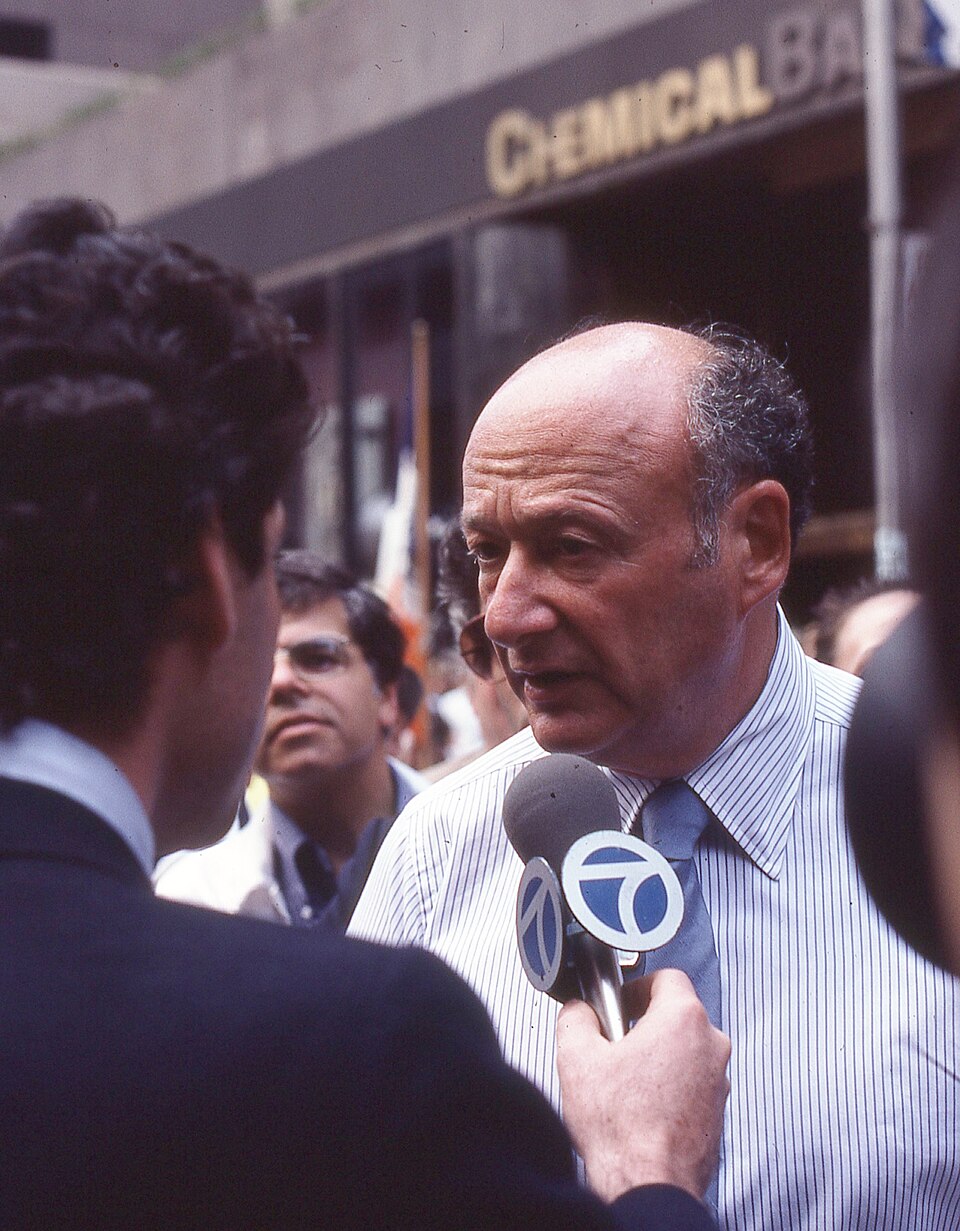In 1979, a few years after New York’s fiscal crisis, New York City mayor Ed Koch posed for a photograph alongside Donald Trump. Mayor Koch despised the welfare state and cut it severely during his tenure. He also partnered with developers like Trump to promote real estate growth, in the hope that it would prevent another fiscal crisis. His mayorality, for many people, represents the beginning of modern urban politics: subsidies for the rich, trickle-down for the rest.
But the problems of modern inequality don’t begin under conservative mayors. It began with progressives in the early 20th century, liberals who assumed that subsidizing the wealthy and building the welfare state weren’t contradictory, but complementary. Taxing the rich would help pay for generous social services.
But while their intentions were admirable (and we should still tax the rich, don’t get me wrong), their policies also entrenched the power of the elite over urban economies and politics in a way we are still paying for today.
That’s because liberal economists made two flawed assumptions: they assumed that elite-driven growth pays for itself, and that there’s no alternative economic system for cities.
But what if the costs of elite-driven growth outweighed its benefits? What if relying on the rich to “take care of everyone else” was neither politically nor financially sustainable? What would this mean for how we interpret the history of liberalism and the welfare state? And most importantly, what does this imply for how our communities should develop economically?
These are the questions my new book, “The Menace of Prosperity,” pursues. It’s a history of modern urban economic development told through stories of struggle over the costs of elite-driven growth in New York City between the late 19th and late 20th centuries. It makes three arguments: first, that elite-driven economic growth has often led to great economic costs. Second, that generations of activists have promoted economic alternatives to elite-driven growth models. And third, that liberal advocates of elite-driven growth strategies came to dominate postwar New York—and arguably, the country—not by delivering economic development, but by obscuring both elite-driven growth burdens and its alternatives.
With all this in mind, I want to provide some case studies from my book tracing how New York’s fiscal imagination changed between the 1870s and the 1970s, trace how these changes alter the way we understand American history, and conclude with some thoughts on my story’s implications for us today.
New York City Mayor Ed Koch. Photo by Bill Golladay – Own work, CC BY-SA 4.0.
Questioning Progress
We’ll start with the 1870s. During this decade,


